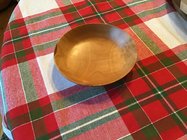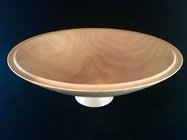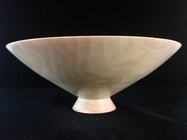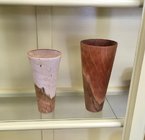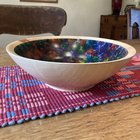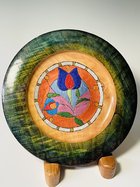We had a discussion on Bradford Pears a while back. They just announced that they are going to be banned in Ohio next year. Here are a couple excerpts from the article:
Referred to as the Bradford Pear or the Cleveland Select, the Callery Pear tree is known for its ornamental appearance, white blooms and, notoriously, pungent smell. An invasive tree, it has been banned from being planted or sold in Ohio starting January 2023.
Thirty-eight plants have been declared invasive in Ohio by the Ohio Department of Agriculture, and among them is the Callery Pear tree, which tends to aggressively spread and crowd out native plants.
Referred to as the Bradford Pear or the Cleveland Select, the Callery Pear tree is known for its ornamental appearance, white blooms and, notoriously, pungent smell. An invasive tree, it has been banned from being planted or sold in Ohio starting January 2023.
Thirty-eight plants have been declared invasive in Ohio by the Ohio Department of Agriculture, and among them is the Callery Pear tree, which tends to aggressively spread and crowd out native plants.

